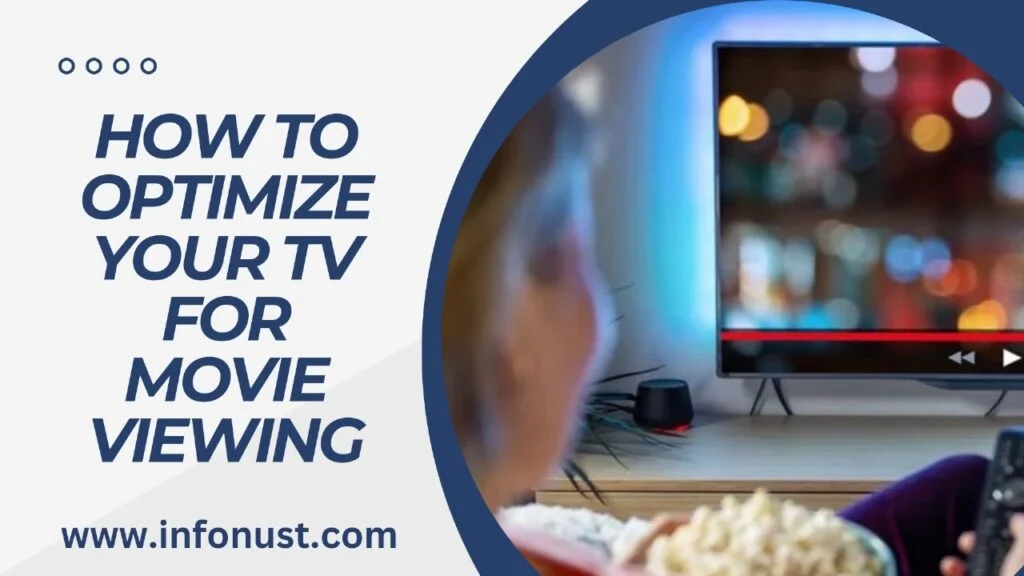How To Optimize Your TV For Movie Viewing
Spread the loveThe past few years have been fascinating for the film industry. The global pandemic that made audiences hesitant to go to the cinema after … Continue reading How To Optimize Your TV For Movie Viewing
0 Comments
